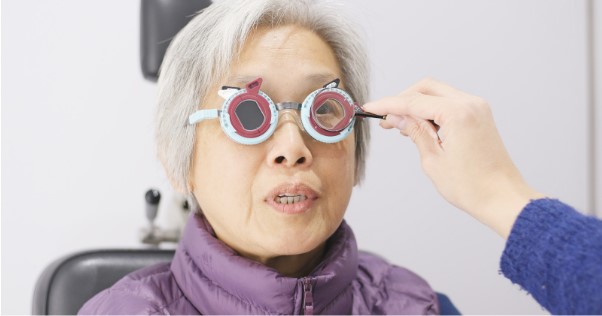Cataracts are a common age-related eye condition that can cause cloudy or blurry vision, making everyday tasks more challenging. In Singapore, cataract surgery is widely performed and considered a safe and effective solution to restore clearer eyesight. Whether you’re planning for the procedure or supporting a loved one, knowing what to expect before, during, and after the surgery can ease concerns and help you prepare thoroughly.
Understanding Cataract Surgery
Cataract surgery is typically recommended when the cloudy lens in the eye significantly affects vision and quality of life. During the procedure, the natural lens is removed and replaced with a clear artificial lens known as an intraocular lens (IOL). The entire process usually takes less than 30 minutes and is performed under local anaesthesia.
Most people who undergo cataract surgery in Singapore do so on a day-surgery basis, meaning they return home the same day. Advances in surgical techniques and technology have made the operation minimally invasive, allowing for quicker recovery.
Preparing For The Procedure
Before the surgery, your ophthalmologist will conduct a comprehensive eye examination to assess the severity of the cataract and determine the appropriate lens type. Preoperative tests may include measurements of the eye’s shape and size to help customise the IOL for your specific needs. You will also be asked about your medical history and current medications.
If you experience symptoms such as blurry vision, increased sensitivity to light, or difficulty reading even with glasses, these may indicate a maturing cataract that requires attention. In the lead-up to the procedure, you may be prescribed an antibiotic or anti-inflammatory eye drops to reduce the risk of infection.
Comfortable clothing should be worn, and someone should accompany you to the clinic, as you will not be able to drive home after the operation.
During The Surgery
Cataract surgery itself is a relatively straightforward and painless process. Upon arrival at the clinic, you will receive eye drops to dilate the pupil and a local anaesthetic to numb the eye. Most patients remain awake but sedated, so they feel relaxed throughout the procedure.
The surgeon will make a small incision in the eye to remove the cloudy lens and insert the artificial intraocular lens. Modern techniques such as phacoemulsification use ultrasonic energy to break up the lens before removal, making the process more efficient. The incision is usually self-healing and does not require stitches.
It is normal to experience bright lights and slight pressure sensations during the procedure. However, there should be no pain. The entire process typically lasts about 20 to 30 minutes, and you will be monitored briefly after the surgery before being allowed to go home.
Immediate Aftercare And Recovery
Following the surgery, your eye will be protected with a shield or patch, which should be worn as instructed to avoid accidental rubbing or injury. You may notice some mild discomfort, tearing, or a foreign body sensation in the eye, but these symptoms usually subside within a few days.
Postoperative care is essential to ensure optimal healing and prevent complications. Your doctor will prescribe medicated eye drops to manage inflammation and prevent infection. Attending all follow-up appointments is important so that the progress of your recovery can be monitored.
During the initial recovery period, it’s important to avoid strenuous activities, bending over, or getting water into the eye. Your vision may appear blurry or hazy in the first few days as your eye adjusts to the new lens, but clarity typically improves gradually over one to two weeks.
Longer-Term Results And Outlook
As your eye continues to heal over the following weeks, you may find that colours appear brighter and sharper. The improvement in vision can be quite significant for many individuals, especially if both eyes are treated.
In some cases, a secondary cataract, also known as posterior capsule opacification, may develop months or years after the surgery. This condition can cause blurry vision to return, but it is easily treated with a quick laser procedure.
It is advisable to continue attending routine eye exams to monitor your overall eye health and update your eyewear prescription if needed. While the artificial lens used in cataract surgery is designed to last a lifetime, other age-related conditions may still develop, requiring periodic checks.
Conclusion
Understanding what to expect before, during, and after cataract surgery can help reduce anxiety and support a smooth recovery process. From managing symptoms like blurry vision to attending follow-ups after the operation, being informed plays a key role in avoiding severe conditions.
If you or a loved one is considering cataract surgery in Singapore, contact National University Hospital (NUH) today to discuss your options and get personalised guidance.

